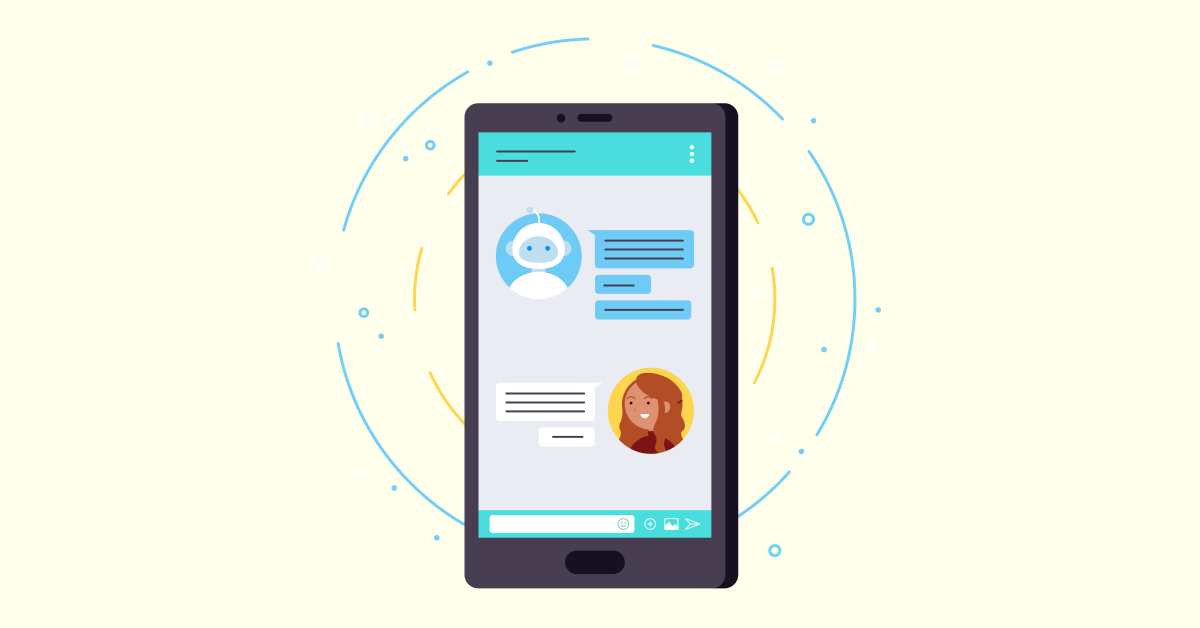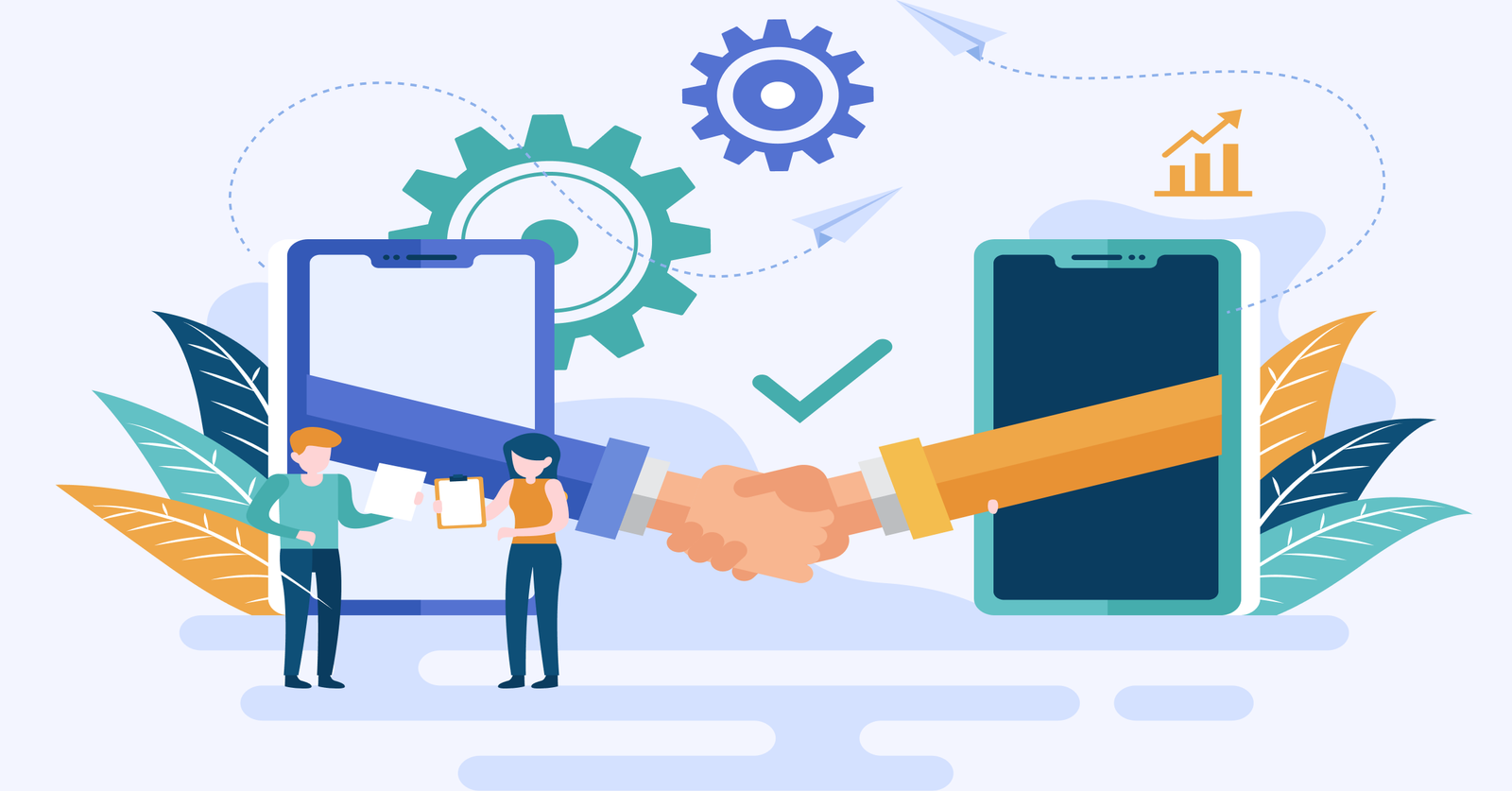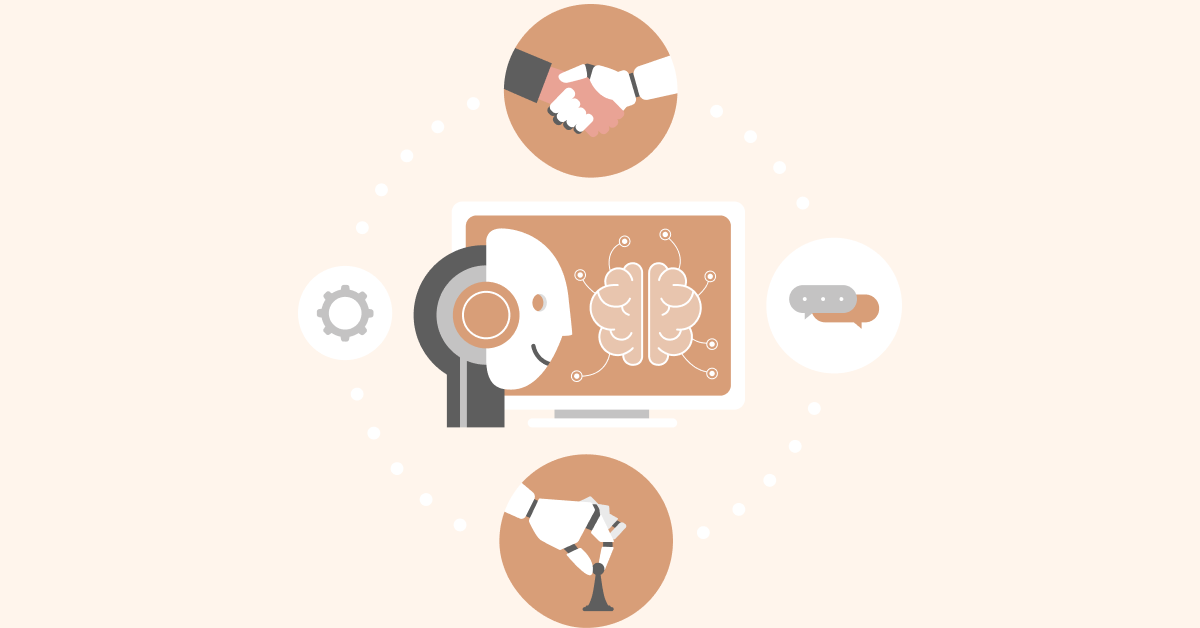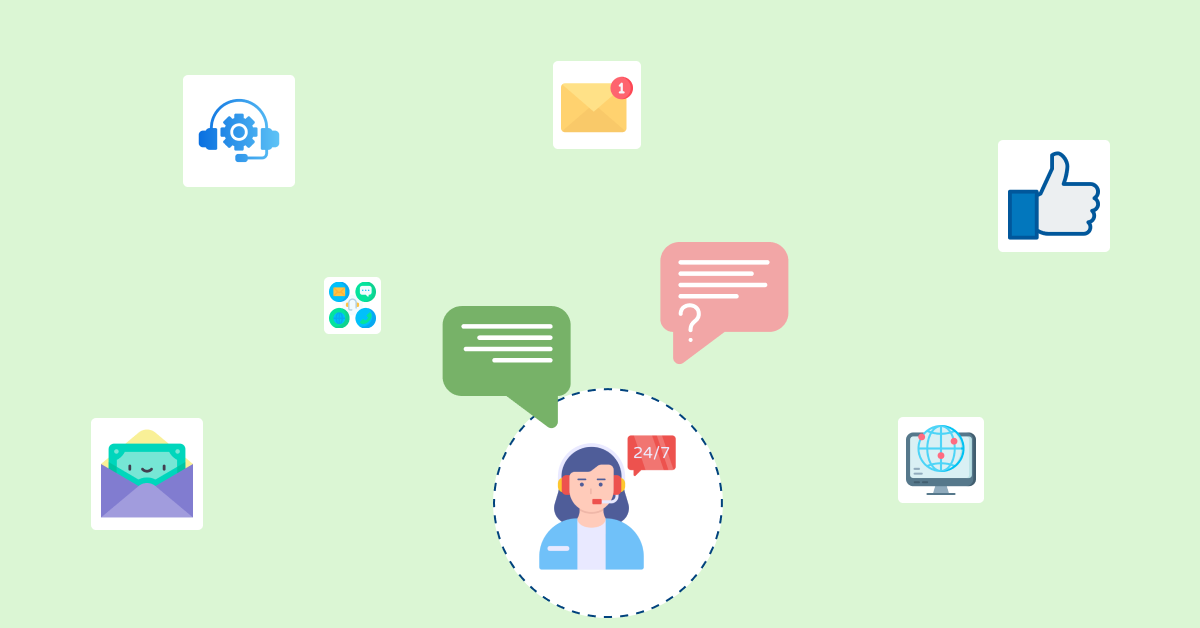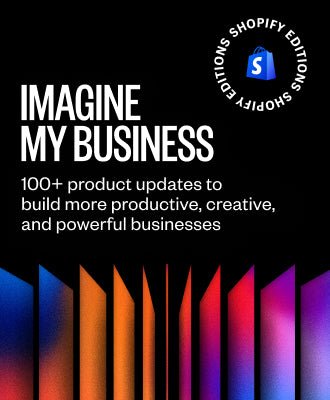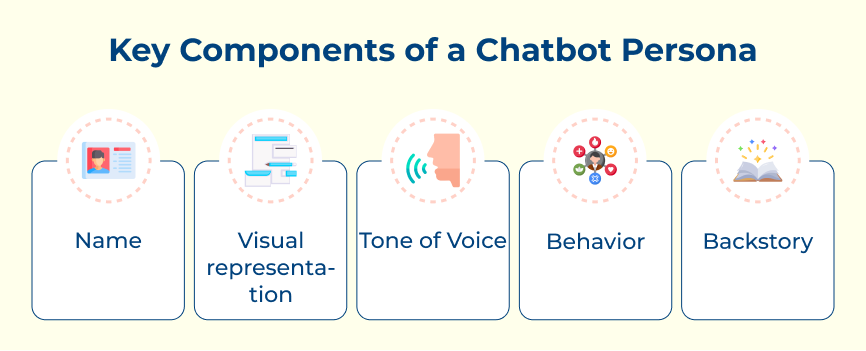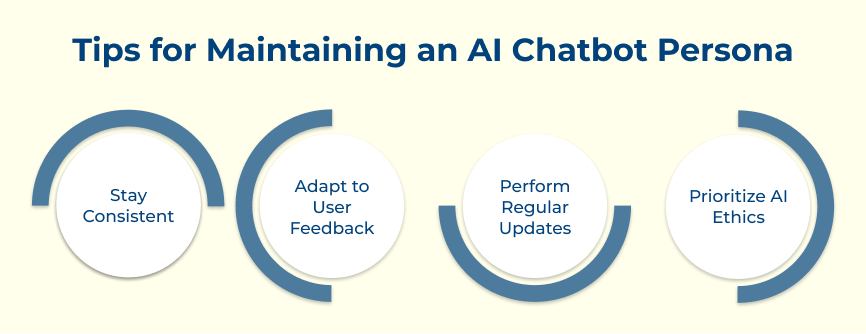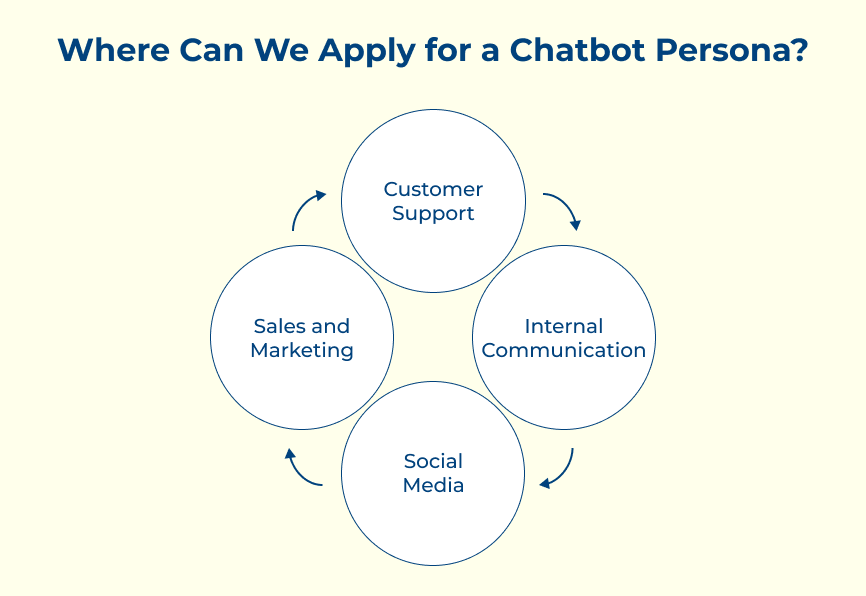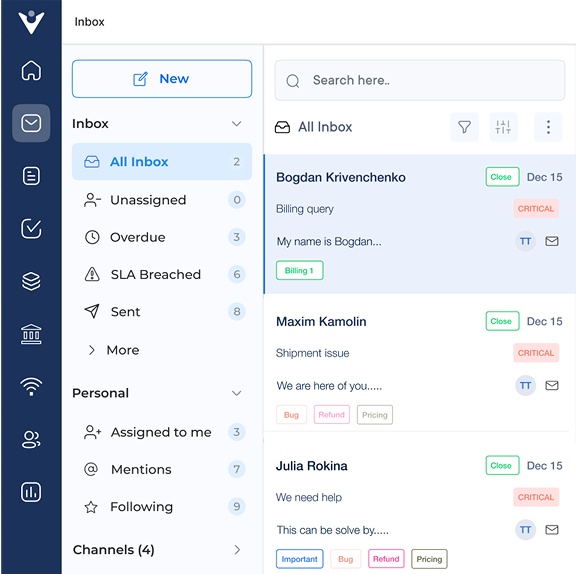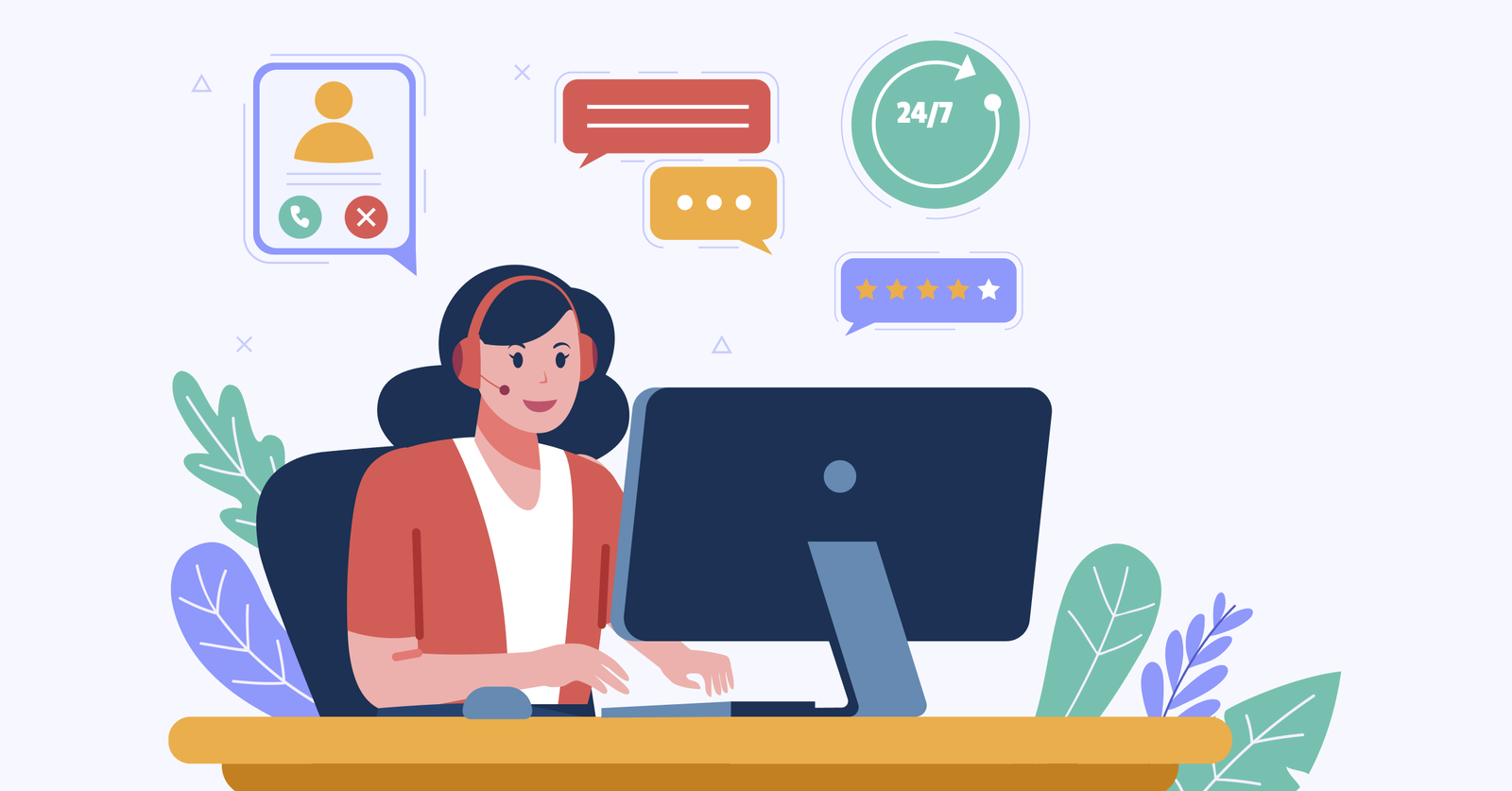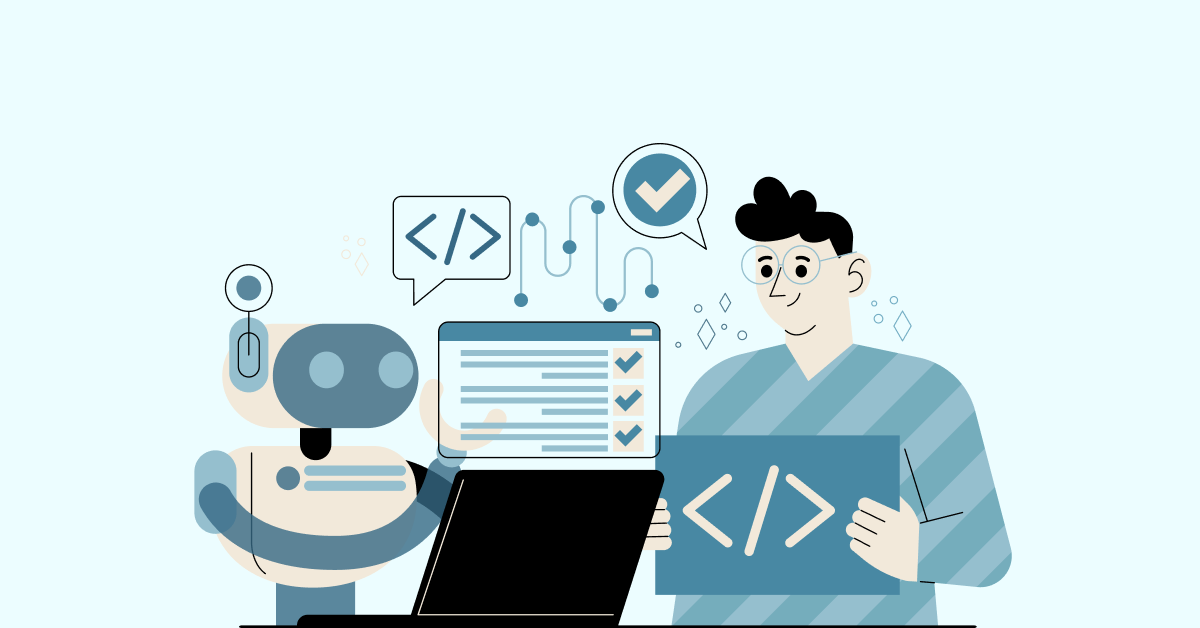1. Stay Consistent
Consistency is key when it comes to maintaining an AI chatbot persona. It is essential to define specific characteristics, a tone of voice and a style of communication that aligns with the brand. The consistency will help users develop trust and become familiar with the chatbot’s personality, leading to a more conversational experience.
2. Adapt to User Feedback
User feedback is invaluable in improving the performance of an AI chatbot. Pay attention to user suggestions, complaints and inquiries. Use the feedback to refine the chatbot’s responses and persona. Addressing user concerns and adapting to their needs allows businesses to continuously enhance the chatbot’s effectiveness, increasing user satisfaction.
3. Perform Regular Updates
AI technology is constantly evolving, and chatbot algorithms improve over time. It is crucial to stay up to date with the latest advancements and regularly update the chatbot’s functionality. It includes refining language processing, integrating new features and fixing any bugs or issues. Regular updates ensure that the chatbot remains relevant, efficient and capable of delivering accurate responses.
4. Prioritize AI ethics
Businesses must prioritize ethics when developing and maintaining an AI chatbot persona. Ensure the chatbot respects user privacy, properly handles sensitive information and avoids any biased or discriminatory behavior. Consistently evaluate the chatbot’s responses to ensure they align with ethical guidelines and provide a respectful user experience.
Chatbot Persona Examples
Companies can create more human-like interactions and leave a lasting impression on their customers by giving chatbots a unique persona. Let us explore the real-life chatbot persona examples that have proven to be effective in various industries.
1. Mitsuku: The Friendliest Companion
Mitsuku is a chatbot created by Steve Worswick, which has won numerous chatbot competitions. Designed to offer companionship, Mitsuku has a friendly and empathetic persona. It engages in casual conversations, offers daily jokes and even provides emotional support. Mitsuku’s warm and approachable demeanor has made it a popular choice for chatbot enthusiasts.
2. Woebot: The Mental Health Support
Woebot is a chatbot developed by Stanford psychologists as a mental health support tool. Its persona is designed to be compassionate and non-judgmental, making it easier for users to open up about their emotions. Woebot offers cognitive-behavioral therapy techniques, provides coping mechanisms and checks in regularly with users, creating a trusted space for mental well-being.
3. Pepper: The Interactive Sales Assistant
Pepper is a humanoid robot equipped with chatbot technology, often seen in retail environments. Its persona is designed to be informative and entertaining. Pepper assists customers with product inquiries, recommends items based on their preferences and even dances or plays games to entertain them. Pepper enhances customer experience and drives sales by humanizing the sales process.
4. Poncho: The Weather Expert
Poncho is a chatbot persona developed specifically for weather forecasts. Its persona is playful and witty, engaging users in humorous conversations about the weather. Poncho provides accurate weather updates, customized notifications and even suggests suitable outfit choices for the day. Poncho stands out and creates a memorable experience for users by adding an element of fun to mundane weather reports.
5. HealthTap: The Personal Healthcare Assistant
HealthTap is an AI chatbot persona focused on providing personalized healthcare guidance. Its persona is professional, offering medical advice, symptom assessments and even connecting users with doctors for virtual consultations. HealthTap’s trustworthy persona empowers users to make informed healthcare decisions and provides convenient access to medical expertise.
Where Can We Apply for a Chatbot Persona?
A well-defined chatbot persona can greatly enhance the user experience and improve customer engagement. Let’s explore where they can be applied, specifically focusing on customer support, internal communication, social media, sales and marketing.
